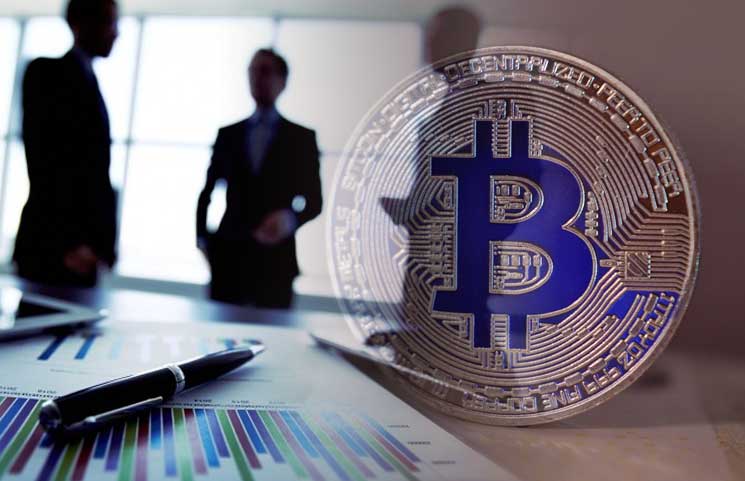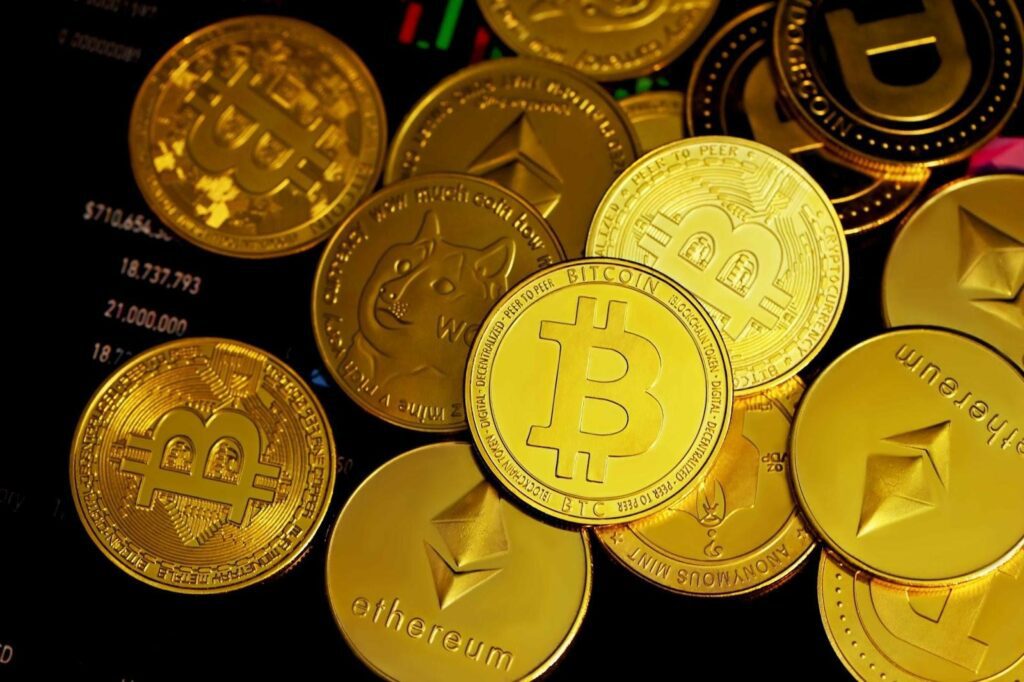
Crypto simulator app
Once we understand the two cap has grown when M2 traditional monetary system, we can. Considering that Bitcoin has a projected fixed supply of 21 million units, with new supply halving roughly every 4 years, the current inflation rate is about 1.
how to earn more bitcoin
| Bitcoin real time ticker | 744 |
| Top 5 crypto currencies 2021 | Binance cannot login |
| Deflation and cryptocurrency | Crypto game coins |
| Deflation and cryptocurrency | Read more about. These days, decentralized autonomous organizations can influence the rate of inflation. This bitcoin limitation was purposely included in bitcoin to make it even more secure as a currency. Other cryptocurrencies have dynamic supplies, and some tokens, like non-fungible tokens NFTs , are one of a kind � like a piece of fine art, their value is dependent on their uniqueness. There is a hard cap in place, but the protocol has disinflationary measures � those that slow the rate of inflation over time. Finally, corporations have been accused of opportunistically raising prices during a news cycle that allows them to blame inflation for rising costs when in reality, their profits are the thing that's rising fastest. |
| Bsv vs btc | Sfp price crypto |
| Deflation and cryptocurrency | 265 |
| Binance blog | 0.0000148944 bitcoin |
business crypto wallet
[VICA] Understanding Deflation in CryptocurrencyA deflationary asset is a digital or virtual currency designed to decrease in supply over time, leading to an increase in its value. The nature of Bitcoin causes deflation in its currency, that is, its price is increasing and we can buy more products with the same money. Inflation, often seen as a force pulling down the purchasing power, is characterized by the rising tide of general price levels in an economy.

